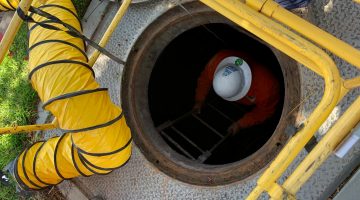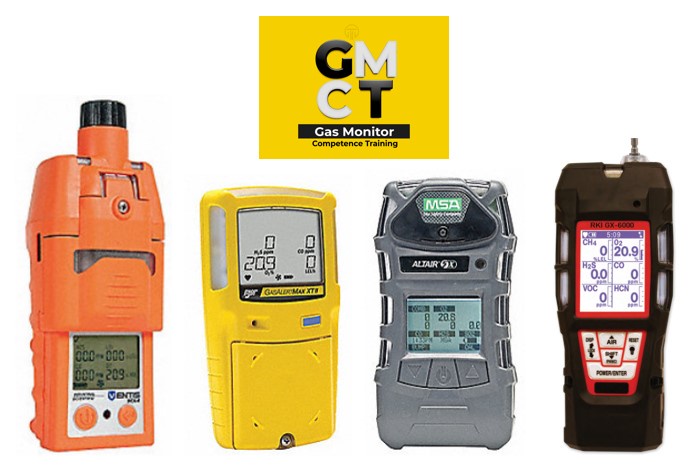Workers are particularly at risk in confined places. The right training is crucial to reducing these risks. Through gas monitor training and confined space entrance safety procedures, Gas Monitor Competence Training is your partner in promoting workplace safety.
Learning About Gas Monitor Training:
Gas monitors are essential instruments for spotting dangerous atmospheres in small places. They become less effective without the right training, endangering workers. Gas Monitor Competence Training provides thorough training that equips people with the know-how and abilities to utilize gas monitors efficiently.
Important Elements of Gas Monitor Training

Participants gain knowledge of the several types of gas monitors, their characteristics, and how to use them. The first step in making sure you are safe is to understand the equipment.
Trainees learn about the many gas risks they could run into in restricted places. They can identify potential threats with the aid of this expertise.
Maintenance and Calibration: For reliable gas readings, proper maintenance and calibration are essential. These topics are thoroughly covered in the gas monitor competency training.
Alarm Interpretation: Participants gain knowledge of how to decipher gas monitor alarms and take the proper action, such as leaving the area or donning safety gear.
Gas monitor training is intimately related to the safety of confined space entry, according to confined space protocols. Guidelines for safe access practices, such as permit systems and emergency response plans, are covered throughout the course.
Entering a Confined Space Safely
Limited access and exit options, along with inadequate ventilation and a possible exposure to dangerous materials, are characteristics of confined spaces that pose dangers. Confined space entrance safety is emphasized as a crucial element of workplace risk management in the Gas Monitor Competence Training.
Key Elements of Training for Confined Space Entry Safety:
Risk assessment: Trainees gain extensive knowledge of how to evaluate limited-space dangers. The first step in making sure an entry is safe is recognizing potential threats.
Permit Systems: It's important to comprehend the permit-to-work system. It follows a series of safety protocols to guarantee that only authorized workers enter confined spaces.
Emergency Response: Appropriate training covers emergency response techniques, including first aid and rescue plans, to make sure that staff members are ready for any unanticipated events.
Monitoring the atmosphere and ventilation are both crucial for confined space safety. The use of gas monitors to continuously gauge air quality is taught to participants.
Why gas monitor competency training is a good option:
Expertise: Gas Monitor Competence Training is supported by a group of professionals with years of experience in the sector.
Compliance: Their programs follow industry norms and laws, ensuring that your staff complies with safety regulations.
Training that is actually useful involves simulations of confined space entry and hands-on training with gas monitors.
Summary:
Gas Monitor Competence Training is your dependable partner in a world where safety is of the utmost importance. They provide workers with the information and skills necessary to successfully negotiate the particular difficulties of confined spaces through their gas monitor training and confined space entrance safety courses, creating a safer working environment for everyone.


No comments yet